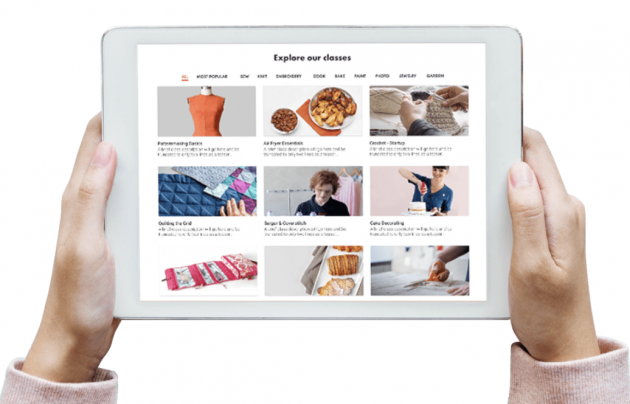Understanding the Impact of the Global Pandemic on Office Design
The global pandemic has left a lasting imprint on office design, prompting significant shifts in how workspaces are conceptualised and utilised. The profound changes brought about by COVID-19 have accelerated existing trends while inspiring innovative approaches that prioritise health, safety, flexibility, and well-being in office environments.
1. Embracing Hybrid Work Models
The normalisation of remote work and flexible schedules has led to the emergence of hybrid work models. Offices are now being reimagined to accommodate a blend of in-person and remote work, featuring flexible layouts, hot-desking options, and technology-enabled collaboration spaces. The focus is on creating seamless transitions between physical and virtual interactions to support productivity and collaboration.
2. Integration of Enhanced Technology
The pandemic has expedited the adoption of digital technologies in the workplace. Offices are embracing advanced communication tools, collaboration platforms, and virtual meeting solutions to facilitate remote work and enable seamless collaboration across distances. Designing technology-rich environments that foster connectivity, productivity, and innovation has become paramount in the post-pandemic office landscape.
3. Prioritising Employee Well-being
The importance of prioritising employee well-being and mental health in the workplace has been underscored by the pandemic. According to Office Insight, office design now emphasises access to natural light, green spaces, and wellness amenities such as meditation rooms, fitness centres, and quiet zones. Creating environments that promote relaxation, rejuvenation, and work-life balance is essential for supporting employee health and productivity.
4. Increased Flexibility and Hybrid Spaces
In response to the rise of remote work and flexible schedules, office spaces are evolving into versatile environments that cater to various work styles. The concept of hybrid spaces, which seamlessly blend physical and virtual interactions, is gaining traction. Offices are integrating adaptable furniture, movable partitions, and modular layouts to enable employees to effortlessly transition between individual focus work, group collaborations, and virtual meetings.
5. Incorporating Biophilic Design Elements
Biophilic design principles are being integrated into office spaces to reconnect with nature and create healthier work environments. Incorporating natural elements such as plants, natural light, water features, and organic materials enhances aesthetic appeal while promoting well-being, reducing stress, and increasing productivity among employees.
6. Emphasising Wellness and Sustainability
The focus on employee well-being and environmental sustainability continues to drive office design trends in 2024. Companies are prioritising the integration of wellness amenities such as ergonomic furniture, dedicated relaxation areas, meditation rooms, and fitness facilities within the workplace. Sustainable practices, including energy-efficient lighting, recycled materials, green spaces, and waste reduction strategies, are becoming standard elements of modern office design.
In Conclusion
The office design landscape in 2024 is characterised by a blend of flexibility, wellness, sustainability, technology, personalisation, and inclusivity. As companies adapt to evolving work dynamics and prioritise the needs of their employees, office design trends will continue to evolve, incorporating innovative solutions that enhance productivity, creativity, and well-being in the modern workplace. Engaging with all stakeholders during the design process is crucial to ensuring that office spaces are future-proof and tailored to meet the evolving demands of the workforce in the post-pandemic era.
The post Top 6 Office Design Trends for 2024 first appeared on Dumb Funded.











 Bengali (Bangladesh) ·
Bengali (Bangladesh) ·  English (United States) ·
English (United States) ·